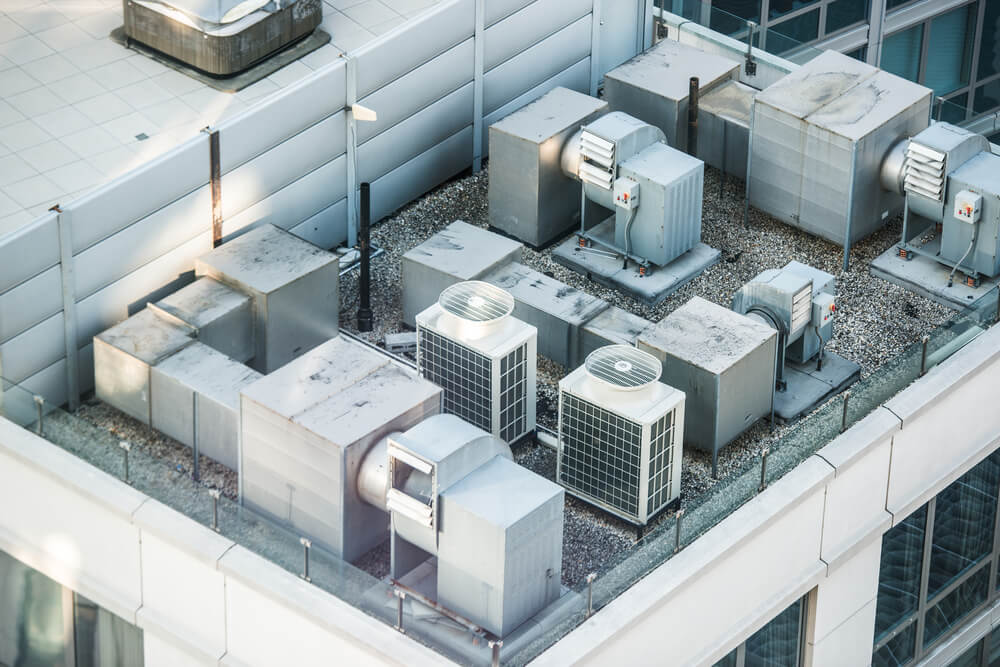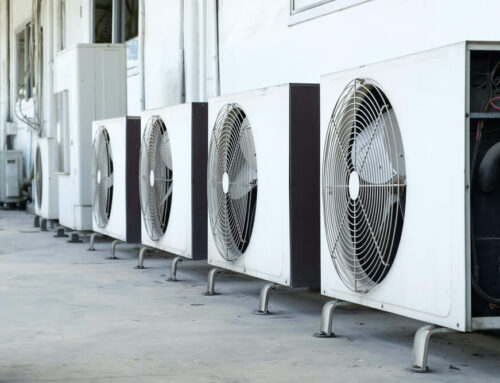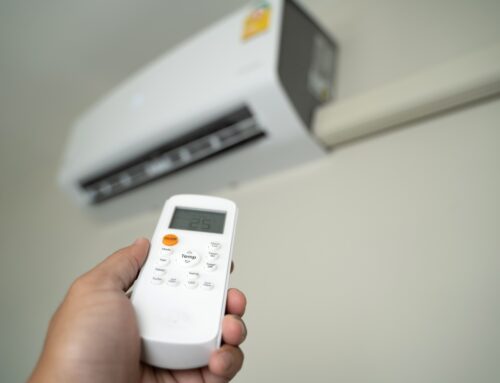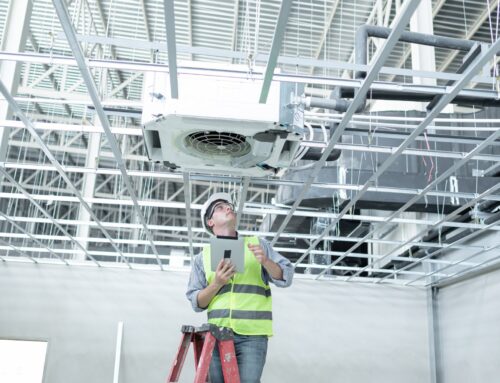You’ve heard about commercial air conditioning and you’re also familiar with residential ac systems, however, you are not sure about the major similarities and differences when it comes to them.
If that’s the case, you’ve come to the right place since this article will focus on exploring the characteristics of both commercial and residential ac systems.
Size Does Matter
While both these air conditioners are installed for the same purposes, as a rule of thumb, commercial systems are generally larger. Since commercial buildings tend to be larger than homes, both heating and cooling needs are increased.
Warehouses, for example, need a much larger unit than a smaller condo, and that makes perfect sense. Typically, the bigger the actual building the larger commercial AC unit is needed to meet its cooling and heating needs. Large buildings mean that the system needs to have more power, simply just to keep on working efficiently. This means that commercial devices need more power than residential units and to make sure that these large units do not interfere or cause problems with the entire electrical system of a building, they need to be installed correctly in order to find the right power balance.
The Bigger the System, the More Complex It Gets
This should make perfect sense too. Since commercial AC systems have to work on a much larger scale, they also require more complex engineering solutions than those units used in simple family homes with simple requirements.
It’s not just about size. Usually, commercial buildings are segmented into different spaces, offices, departments, and in some cases, these parts have different cooling and heating needs.
A solid commercial system needs to have several thermostats that regulate the temperature in different areas. In certain cases, a company may manufacture and store items that must be kept at certain temperatures and may also have several other departments that need adjustable temperatures.
Generally, the needs will depend on the purposes the commercial building is being used for and the number of people working there will also play a crucial role. That, more or less, means that every commercial system can be relatively unique.
Handling Ventilation, Exhaust, and Drainage
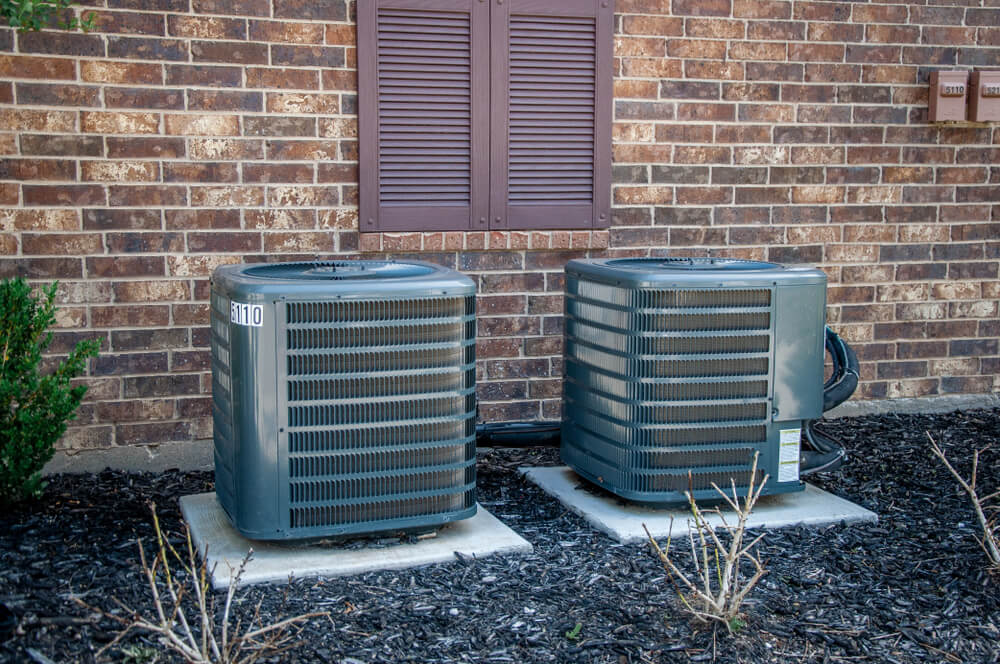
The sub-system that manages drainage will also be much more complex and intricate in commercial air conditioning solutions as there should be more parts that accommodate the larger amount of condensate that accumulates as a byproduct of that same larger system. Drainage components in these units have more pipes and pans to ensure that everything functions as it should and that the system does not overflow or malfunction.
Such a large system also needs a more intricate exhaust system as more components are needed to accommodate the increased output and to avoid problems such as overheating.
Lastly, the ventilation is quite similar to those used in smaller units in households, however, commercial solutions will generally need larger ventilation. These systems are responsible for directing the airflow through the unit’s ducts. Without proper ventilation, apart from the lifespan of the air conditioning unit, indoor air quality will also suffer.
Where Should You Put These Units?
Usually, residential HVAC systems will be located in backyards or put against the side of homes. This way, they are easy to access and still out of the way when people want to do their everyday activities. Large commercial systems are usually placed on rooftops because oftentimes, they are simply too large to take up so much usable space on the ground. They also tend to be louder than their home-used counterparts meaning having them on the roof will solve the problem of eventual noise pollution. Running maintenance checks is also easier on the roof since it won’t disturb the departments working in the building.
Installation and Production
Since these two systems are used in different ways, they are also manufactured differently.
The key takeaway here is that both units are produced in a way that will suit the environment they need to heat up or cool down.
Residential units are usually standalone systems that can’t be upgraded, meaning that most people will buy a unit that meets their needs and once they bought their best option, they usually call Chills Air Conditioning to install the device.
Commercial apparatuses, on the other hand, are purposefully built for the specific building in which they need to work. They are also modular, meaning that they can be upgraded if needed. This modularity will also come in handy when the system needs to be transported to the site.
Lastly, residential units have parts that can be found on the inside and outside of a home. On the inside, you usually have the condensate drainage, blower, and evaporator, while the condenser fan, condenser, and compressor are usually on the outside. A commercial conditioning unit will have all of these on the outside of the building, only with the ducts and the zone dampers inside. Having all the parts in one place can also help to simplify maintenance and repairs.
How to Maintain Them?
Since residential devices are easy to take care of and less complex, most of the time, homeowners can simply complete maintenance tasks themselves. For example, changing the filters can be such a task.
On the other hand, commercial units are way more intricate and all repairs and maintenance tasks should be performed by certified experts who exactly know how the system works. Generally speaking, maintaining and repairing these systems is much more costly than a home unit since they are much larger and more complex. And since there are more parts and a larger power output, making sure that the system is properly maintained is even more important than with home-used air conditioning.
The Takeaway
All in all, these are the main differences between the two types. Air conditioners for a smaller building like a home are less complex, easier to maintain, and require less power to operate. As a homeowner, however, you should still regularly check your unit and call your local AC company (in this case, us) to perform general maintenance check-ups at least once a year to ensure that your home will get the necessary cooling and heating you desire.
When looking at commercial units, you can tell right away that these are on the more complex side, with a more serious profile, and more parts. They can cater to different needs at the same time and can play a crucial role in a company’s everyday life, especially when that particular firm needs specific temperatures for either producing or storing their goods.
If you have any further questions regarding residential and commercial HVAC and AC units, or need help with servicing your AC, feel free to reach out and we’ll be more than glad to help you out.

